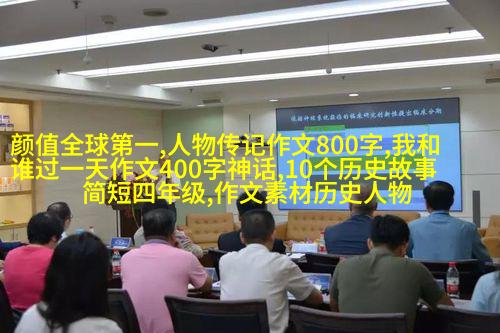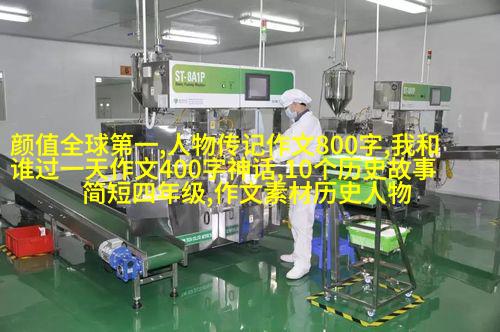Unveiling the Legacy of Leonardo da Vinci: A Renaissance Mastermind

Leonardo da Vinci, a true embodiment of the term "Renaissance man," is widely regarded as one of the most influential figures in human history. Born on April 15, 1452, in Vinci, Italy, this polymath left an indelible mark on various fields including art, science, engineering and mathematics. As we delve into his life and works with English as our medium of expression, it becomes apparent that introducing him to new generations remains a fascinating task.
Da Vinci's artistic prowess was first showcased through his paintings like "The Last Supper" (1495-1498) and "Mona Lisa" (1503-1506). These masterpieces not only demonstrated his exceptional skill but also reflected his keen observation of human anatomy. The enigmatic smile in Mona Lisa has been interpreted by many over the centuries; its meaning remains shrouded in mystery.

Beyond painting, Da Vinci's contributions to science are equally remarkable. He is known for conceptualizing flying machines – precursors to modern aircrafts – which were based on careful observations about bird flight patterns. His designs for bridges and canals demonstrate an understanding of fluid dynamics ahead of his time.
In addition to these accomplishments, Da Vinci made groundbreaking discoveries related to human physiology. His detailed drawings reveal a deep understanding of anatomical structures such as muscles and bones long before dissection became accepted practice.

To introduce Leonardo da Vinci using English effectively means highlighting not only his achievements but also providing context about the era he lived in - an age marked by significant cultural transformation across Europe. It involves discussing how he balanced multiple disciplines simultaneously while pushing boundaries within each field without any specialized training or formal education.
Consequently when presenting Leonardo da Vinci with English-speaking audiences today we should consider how he might inspire innovation and creativity among people from diverse backgrounds who are grappling with similar challenges faced during their own periods of rapid change.

Introducing Leonardo da Vincento contemporary readers through English allows us to reflect upon how far humanity has progressed since then while also acknowledging that many questions raised by him remain unanswered yet continue shaping our future endeavors today
